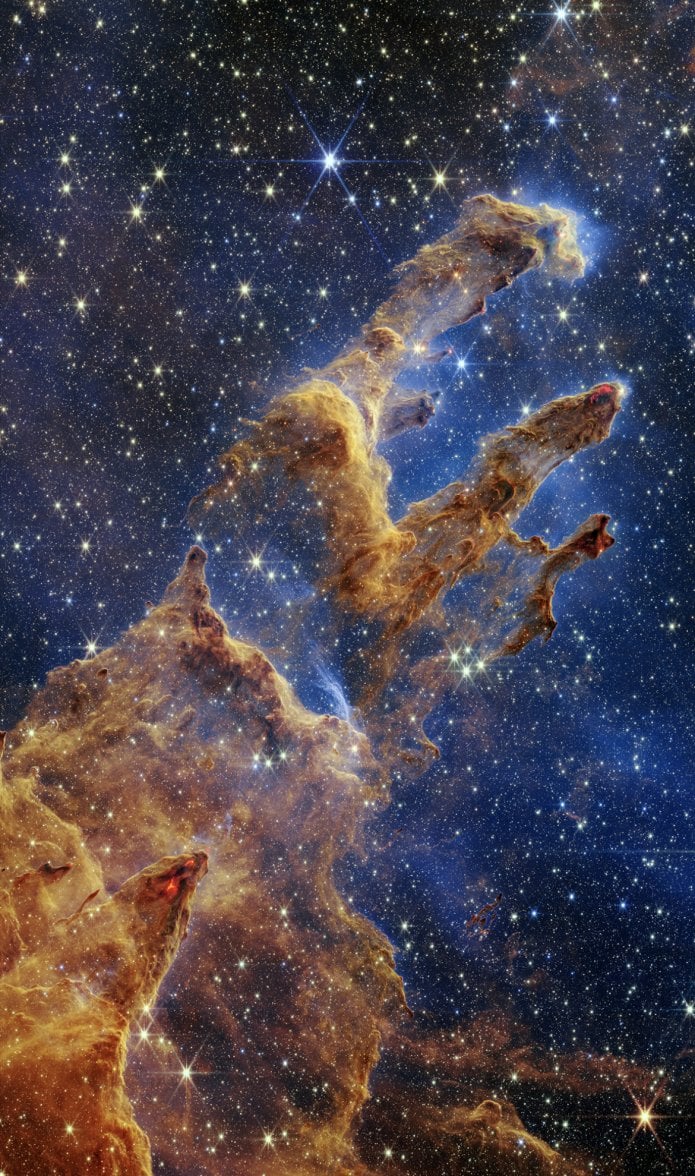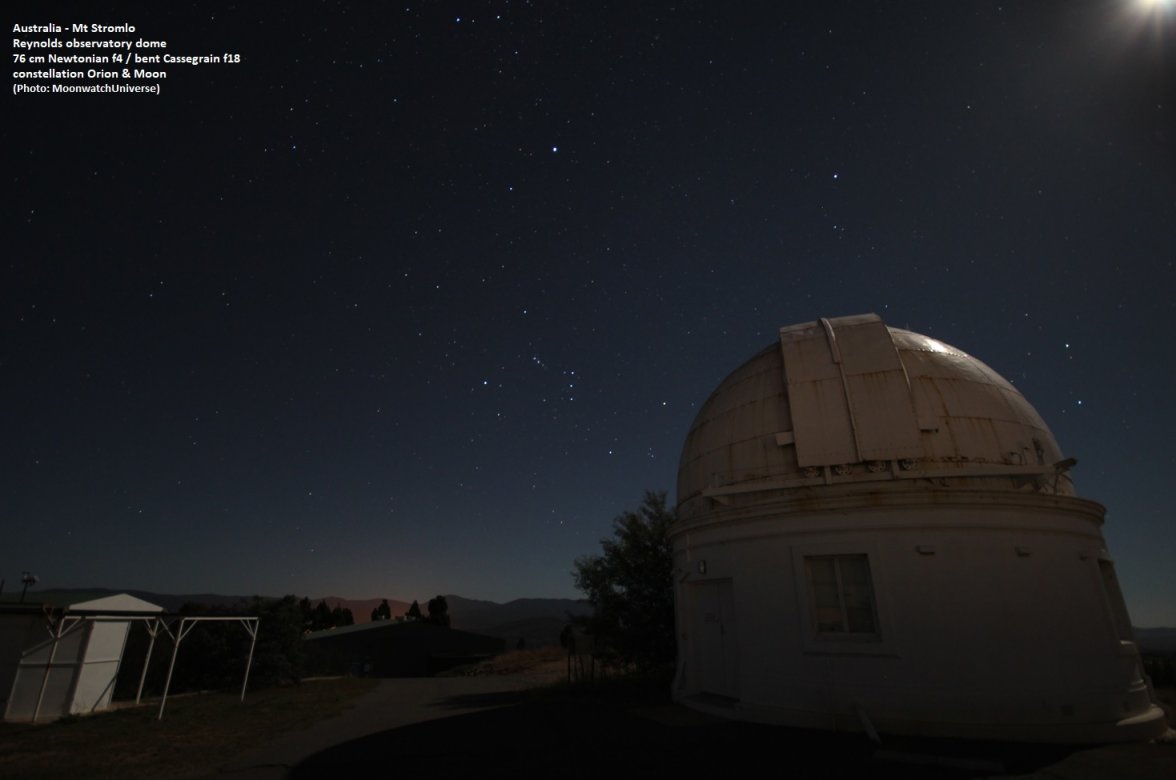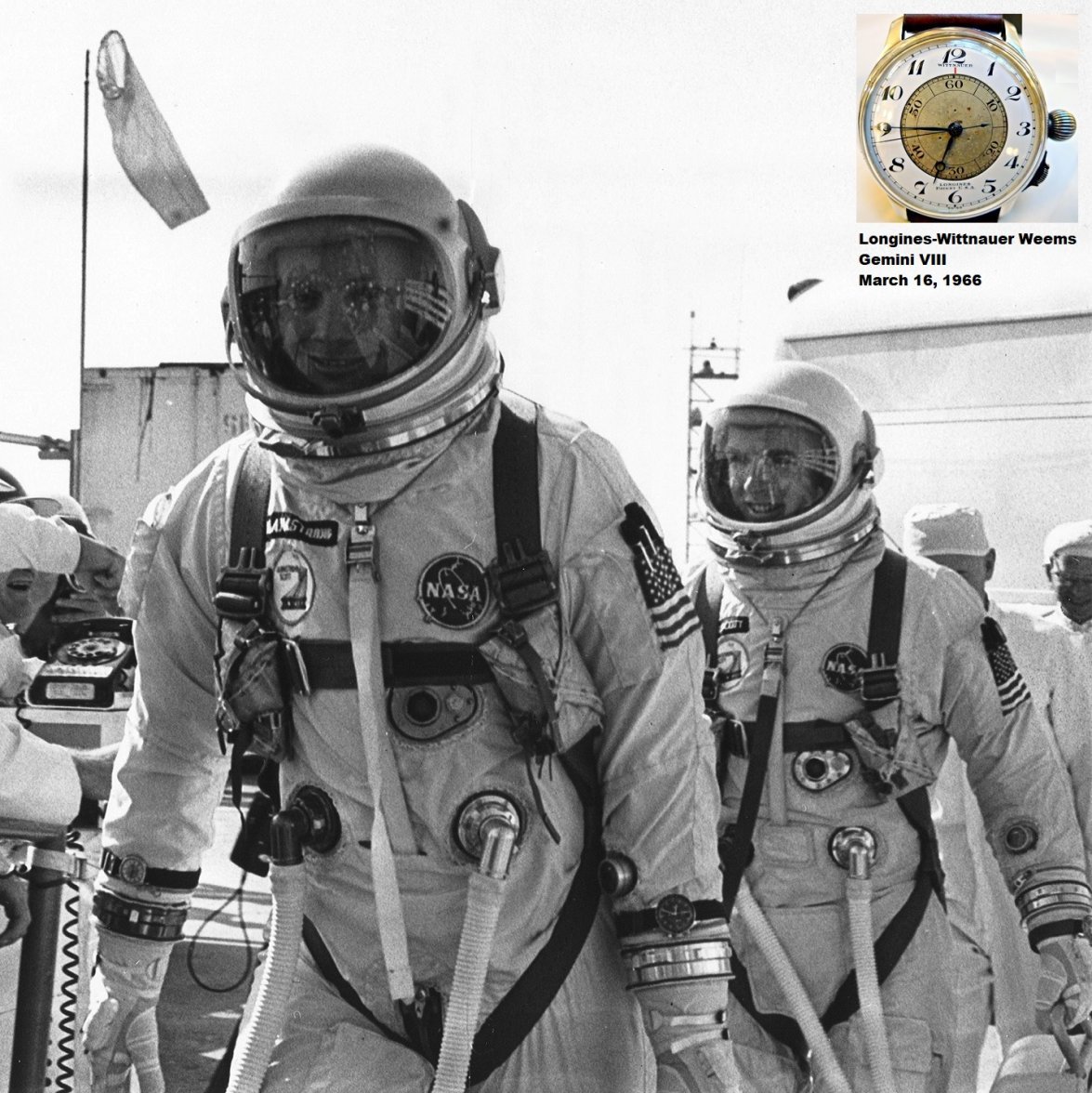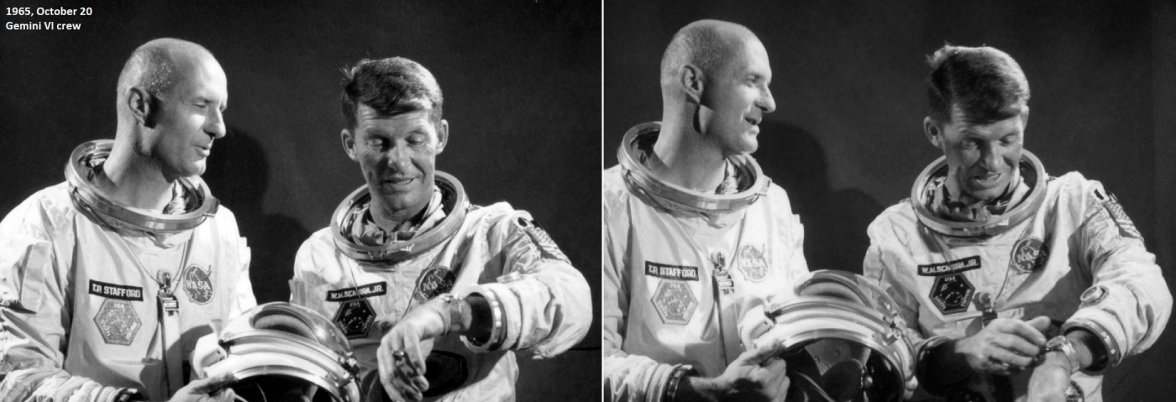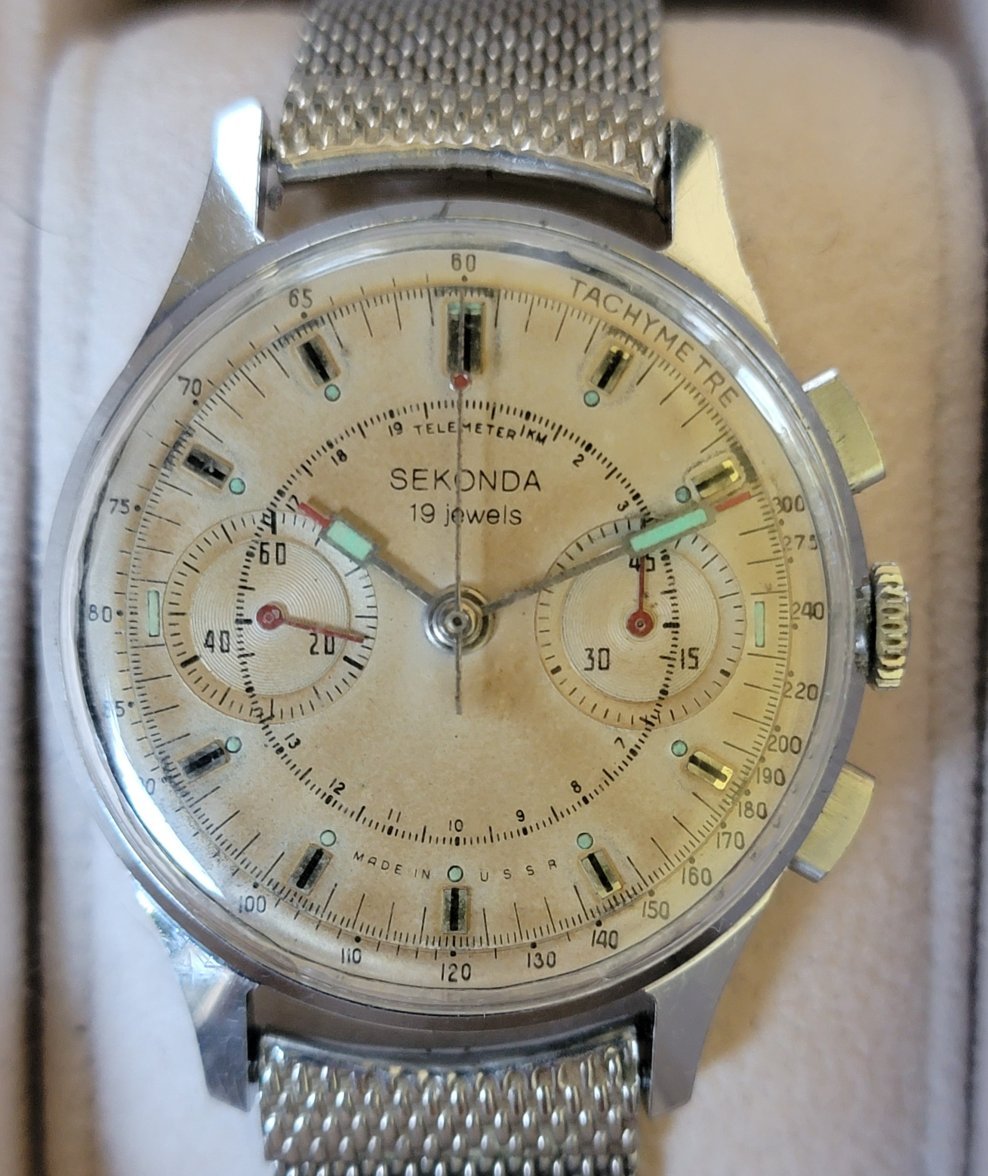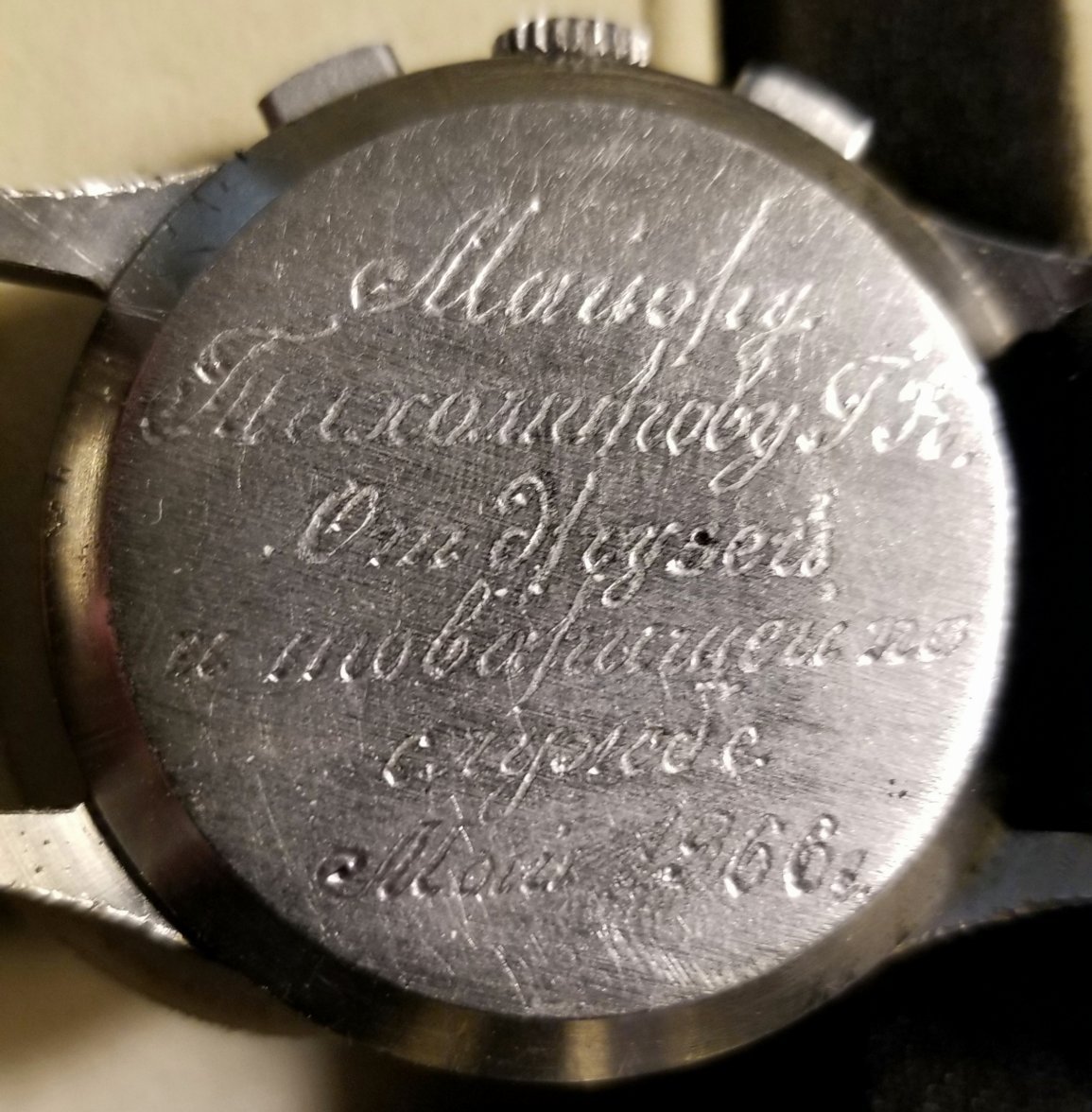pdxleaf
· ·Often mistaken for AI...- Charlie Duke had an identical twin. The day before liftoff, the head of the Apollo program, Rocco Petrone was sitting poolside at a Holiday Inn when he thought he saw Charlie Duke. Duke was supposed to be in quarantine, so Rocco called the crew quarters demanding an explanation. The secretary who answered the phone tracked down Charlie Duke who explained to Rocco that he had just seen his twin brother, Bill Duke.
- Apollo 14 was the only crew that had to endure a three-week quarantine both before the launch and a three-week quarantine after the launch.
- Ken Mattingly was bumped from Apollo 13 after being exposed to Charlie Duke, who had the measles. Ken later flew on Apollo 16 with Charlie Duke.
- While a student at West Point, Ed White tried out for the Olympics in the 400m hurdles. He missed making the team by 0.4 seconds.
- Michael Collins was the handball king of the astronaut corps.
- Ed White’s younger brother, James, wanted to follow in his brother’s footsteps so he graduated from the Air Force academy and became a fighter pilot. In November 1969, James White and his wife Sharon dined on hotel room service with Neil and Janet Armstrong. Armstrong was in Bangkok, Thailand, on a world tour following the Apollo 11 moon landing and took a break to visit with James. The next day, James White died on a mission from Thailand to Laos after his F-105D Thunderchief crashed.
- The F-1 rocket engine on the Saturn V had fuel lines 30 inches in diameter.
- During breaks in their rehearsals, Dolly Parton, Buck Owens, Merle Haggard, Jerry Reed, Chet, Atkins, Floyd Cramer and Porter Wagoner recorded a mixed tape for Apollo 16, as Charlie Duke is a country western fan.
- Every flight crew from Apollo 11 on experienced flashes of light with their eyes closed. An experiment on Apollo 16 used photographic plates on either side of the astronauts’ heads to prove that high-energy cosmic ray particles were penetrating their eyes.
- The Mercury capsule had a habitable volume of 40 cubic feet, about the same size as a coffin. Some early suggestions included finding a pilot without legs to fly Mercury, both to save weight and to fit into the small space.
- The Mercury capsule would have fit into one of the three engines of the Space Shuttle.
- Mercury astronauts had rectal probes to monitor body temperature during the flight.
- John Glenn thought he should take a camera onboard his Mercury flight. NASA initially said no due to weight limits, but soon agreed to allow a camera. John Glenn asked a photographer friend for a recommendation, which he told to NASA, who then sent someone to a Cocoa Beach drugstore to buy a 35mm Minolta for $45.
- Scott Carpenter overshot his landing point by 250 miles, which meant he had to float in a raft in the ocean for hours waiting for recovery. When the frogmen finally reached him, he was relaxing comfortably in his raft and offered them his food and drink like any good host.
- Gordon Cooper flew the final Mercury flight. On the launch pad, he fell asleep, and control had a difficult time waking him. On a previous launch, Gus Grissom had a heartbeat of 162 beats per minute at launch.
- Early designs of the Gemini capsule included the paraglider. The design included a wing-like parachute packed into the capsule that would release and unfurl at 60K feet. By 20K feet, Gemini would be suspended under the dart-shaped parasail wing and glide to the surface.
- In order to rendezvous with an orbiting capsule, the second approaching capsule must fire a thruster to move away from the target into a lower orbit. A lower orbit means the approaching vehicle will travel faster than the target vehicle that is in the higher orbit. After reaching a precisely calculated angle relative to the two capsules, the overtaking capsule will thrust towards the target vehicle and the two will meet in the same orbit at the same speed.
- For space walks, the astronaut wore long cotton underwear, a nylon comfort liner, a pressure bladder of neoprene coated nylon, a Link Net restraint layer, a layer of felt, seven layers of aluminized mylar superinsulation, and a cover layer of high temperature nylon. All of this had to be engineered to still allow joints to bend and flex.
- Early in the mission, Ken Mattingly lost his wedding ring. Recently married, he thoroughly searched the Command module, but without luck and the ring remained missing. After the moon landing and reattachment of the LEM, Mattingly needed to perform an EVA to bring large cannisters of film from the Service module into the Command module. While Ken was floating in space, Charlie Duke caught a glimpse of a flash of gold. Just as the realized it was Ken’s missing ring, it started to float out the open door. Duke grabbed for it but missed, then watched as it tumbled out towards Ken. Mattingly had his back to the capsule so was unaware that his ring was now floating towards him. Duke expected to see the ring drift away into space, but instead it hit the back of Mattingly’s helmet and did a miraculous 180-degree turn, floating straight back to Duke. Within seconds, Duke had grabbed the ring. All while traveling 5,000 miles per hour. Needless to say, Ken was ecstatic.
- Gemini 4’s computer malfunctioned towards the end of the flight, unable to provide steering commands. McDivitt had to manually fly the capsule during reentry and landed within 50 miles from their recovery ship.
- The F-1 engine on the Saturn V required a turbopump that delivered 15,000 gallons of fuel and 25,000 gallons of oxidizer per minute. The turbopump itself required a 55,000-horsepower turbine to drive it.
- Wally Shirra was the only man to fly on Mercury, Gemini and Apollo, although John Young flew on Gemini, Apollo and the Space Shuttle.
- Buzz Aldrin was a college pole-vaulter, then shot down MiGs in the Korean War, before getting his doctorate on orbital rendezvous.
- Each lunar orbit lasted 2 hours, with 48 minutes of that behind the moon with no communication to Earth.
- Apollo 8 had 5,600,000 parts.
- Pete Conrad bet a reporter that what Neil Armstrong said after his first step on the moon was unscripted by NASA. To win the bet, after taking his first step, Conrad (who was known as the shortest astronaut) said ”Whoopee! Man, that may have been a small step for Neil, but that’s a long one for me!”
- After traveling the world post-Apollo 11, Michael Collins said never once did he hear, “Well, you Americans finally did it.” Instead, it was always “We” did it. The moon landing was a joint human accomplishment.
